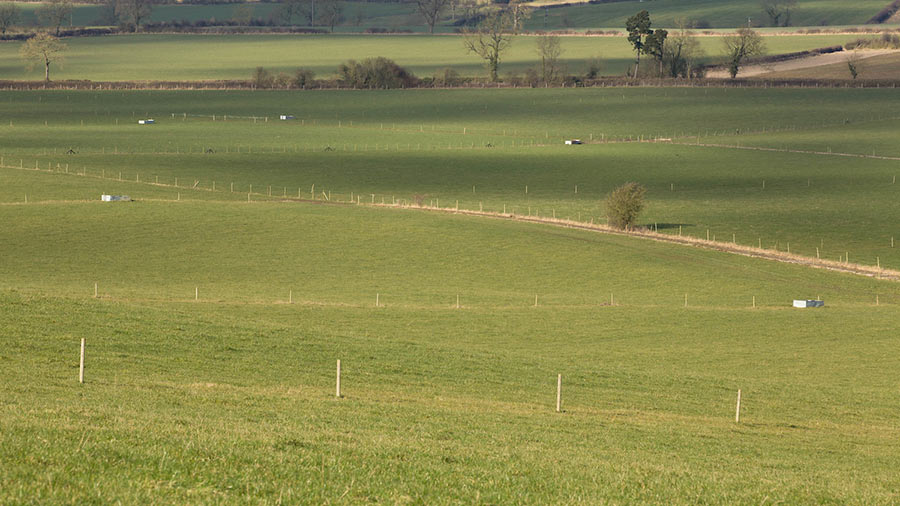Tips for an end-of-season grazing platform review
 © Tim Scrivener
© Tim Scrivener Now is a good time to review this season’s grazing platform performance as we head towards the end of the grass-growing year and herds move into their final grazing rotation.
But, while the starting point is to pull up a “best paddocks” report on your grazing software, it is not simply about identifying the lowest-yielding paddock and earmarking it for a spring reseed, says LIC grazing consultant Sean Chubb.
See also: Advice on closing paddocks for winter
“Look at which paddocks are performing best and whether new leys are producing. Then dive into why the poorest are not so good. Do not just assume they need a reseed.
“There is an economic value from renewing pasture, but you need to do it for the right reasons,” he says.
Yield response
“Think about how to get the best out of a paddock or minimise the costs on it for the yield grown, otherwise you won’t get the yield response.
“You might decide to minimise fertiliser, or not to apply it during wet months and target it for summer to get the best response.”
Sean explains that not every farm has a uniform grazing platform, so averaging the total tonnage of grass dry matter grown across it does not create a target yield for every paddock.
Poor growth rates not only result from old grass varieties or the wrong species.
Sward yields are influenced by many factors, ranging from soil type and topography, to poaching, compaction, silaging and management mistakes, he says.
Growth data
This is why it is important to upload management notes with growth data throughout the season, he adds.
“Record where you are struggling to get good residuals and any inconsistencies, [and] which fields have been silaged or poached.
“It’s important even if you are growing a good amount of grass.”
Using paddock yield data, together with soil fertility results and a paddock walk, is the way to establish whether a paddock still contains good-quality grass species, or has an underlying issue.
The influence of soil type on grass growth can be found by analysing grass growth rates on a quarterly basis – sandy soils, for instance, grow less grass in a drought than clay soils.
Compaction
Sean points out that low-lying areas and wet patches within a paddock grow differently and some areas of pasture may need sward lifting or subsoiling to correct compaction issues.
Grass yield also needs to be considered alongside the practical value of an individual paddock, he adds. A dry one allows grazing on the shoulders of the season; a wet paddock carries the herd through a drought.
These may not be the highest-yielding pastures on the platform.
